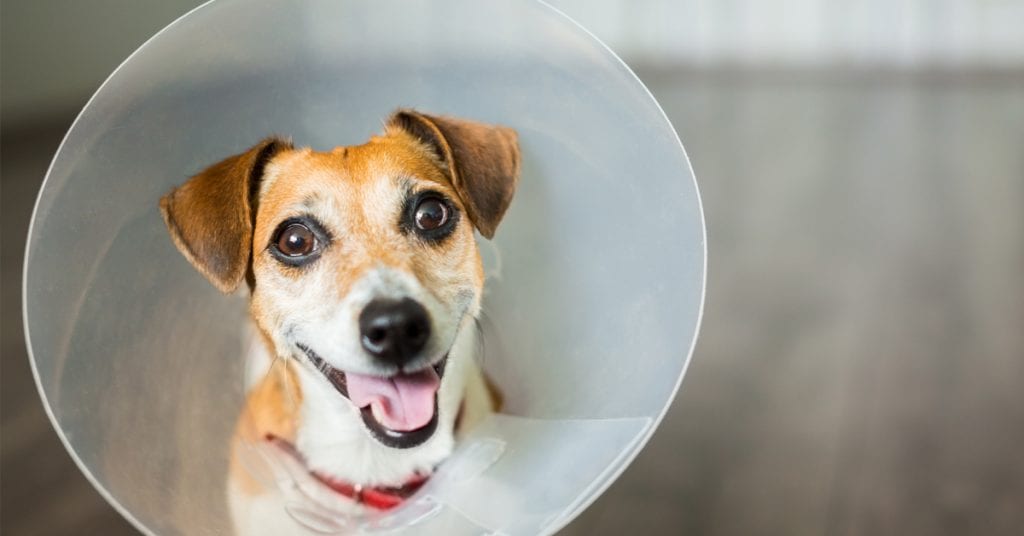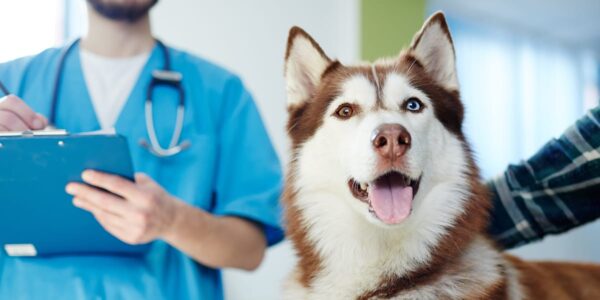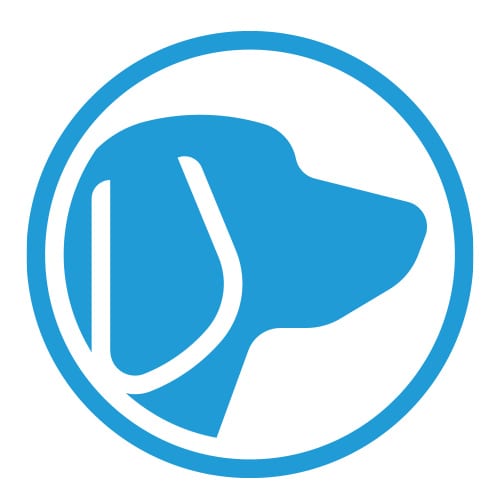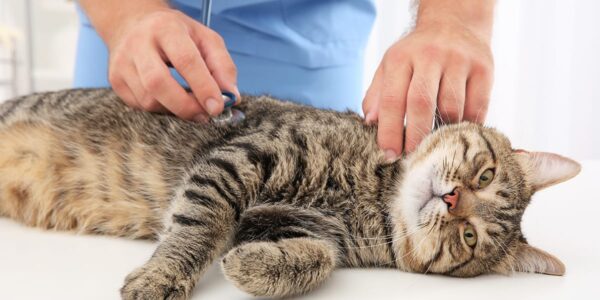
With any household pet, spay and neuter surgeries are a great way to ensure a day at the dog park or out in the yard doesn’t turn into an unplanned pregnancy. With shelters across the country full of dogs and cats, spay and neuter surgeries help keep the stray population under control and decrease the amount of pets in shelters. In addition to pregnancy prevention, there are also a number of health benefits to getting your pet altered. If you have a pet that needs to get spayed or neutered, there are a few things you should know about how to prepare for the procedure and what to expect afterward.

9 Care Tips for Before and After Your Pet is Spayed/Neutered
The first factor to consider is at what age you should have your pet spayed or neutered. The exact age can vary depending on breed and health of your pet. Getting your pet altered before its first heat cycle can help prevent mammary tumors or breast cancer. Many animal shelters will alter pets prior to adoption, often between 8-12 weeks of age. This helps assure the animal will not reproduce but some veterinarians worry about the risk of urinary complications. It is best to discuss the appropriate age for your individual pet with your veterinarian, but a general guideline is between 12-20 weeks.

How to Prepare for Spay or Neuter Surgery:
In the days before your pet’s surgery it is important to be sure you are prepared to help them recover quickly and safely.

1. Crate training: Activity should be restricted for several days after surgery. This often requires confining your pet to a crate when you are not with them. If your pet is not already used to being in a crate it is a good idea to introduce them to it prior to the surgery.

2. Create dog safe areas: You may also need to use gates to restrict your pets access to stairs or furniture following surgery.

3. No food and water: Food and water are often withheld the night before the surgery to prevent vomiting and aspiration.

4. Be calm: Pets tend to feed off their owner’s emotions and if you are nervous your pet can sense that. When you bring your pet in for surgery do your best to be calm and reassuring. It will go a long way toward making your pet feel comfortable.
Post Spay and Neuter Surgery Care:
Most pets will stay at the hospital the night after they are spayed or neutered for observation. However, some pets may be allowed to go home that evening. Remember, your pet had a major surgery with anesthetic and they may be drowsy or may try to hide. This is when the crate can be very handy. Many owners feel it is cruel to confine the pet to a crate but in reality, dogs are den animals and the crate can feel like a safe spot to them. Whether your pet is released that night or the next day, be sure to discuss after care with your veterinarian and have an emergency number just in case.


1. Pain relief: Yes, pets do feel pain, but they often do not show pain in the same way that humans do. Your pet will probably be given an injection of pain medication at the hospital. You may also be given pain medication to take home and give your pet. At home pain medications are not always routine, for many reasons. We never want your pet to be in severe pain, but some pain can be used to help restrict activity. If you have surgery, your doctor will tell you to rest and not exert yourself. Unfortunately, in veterinary medicine, our patients do not follow that advice. It is not always advisable to remove pain to the point that the animal overdoes it and causes more severe problems. Again, this is something best discussed with your veterinarian and handled on a case-by-case basis.

2. Incisions and sutures: Another thing you need to watch following surgery is the incision line. Your pet may have external sutures that you can see, or they may have intradermal sutures that are under the skin. In either type you should watch the area for swelling, redness and heat. These can all be indicators of inflammation or infection.

3. Prevent licking and chewing: It is important to keep your pet from chewing or constantly licking at the incision. You may need the dreaded cone, also known as an Elizabethan collar, to prevent your pet from irritating their incision site.

4. Taking care of the wound: In some cases your veterinarian will utilize belly wraps, after-surgery wear, t-shirts and shorts to cover and protect the surgical site. The incision site should be kept clean and often a topical wound product may be applied to reduce inflammation and speed healing. Vetericyn Plus® Wound and Skin Care products are ideal for post-surgical sites. They help jumpstart the healing process and soothe any irritation, reducing the chances of biting and licking. Your vet may send you home with a bottle of Vetericyn Plus® Veterinary Formula. If not, you can easily purchase the over-the-counter formula online or at your local pet retailer.

5. Keeping your pet occupied: During the healing process your pet may be more focused on you and looking to you for comfort and reassurance. This can be a great time to do some quiet training, teach a new trick, and bond with your pet.
I hope you found some of these tips helpful. Knowing what to expect will help you and your pet be more prepared and less stressed over their spay or neuter surgery. Now go give your pet a treat, hug or high five and tell them it is from Dr. Mindy!


